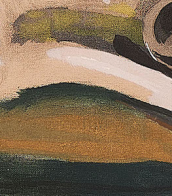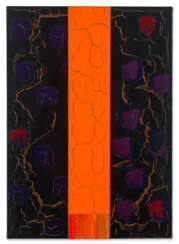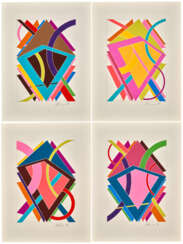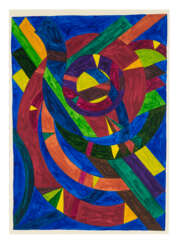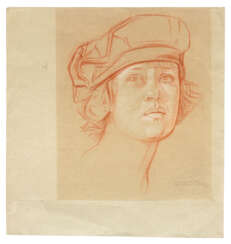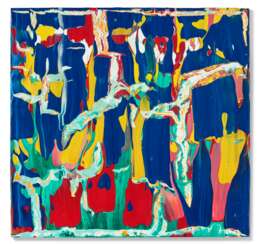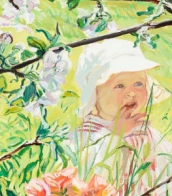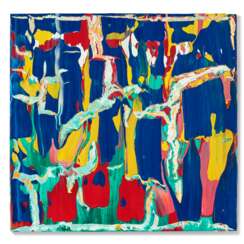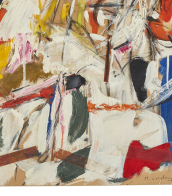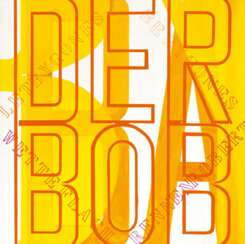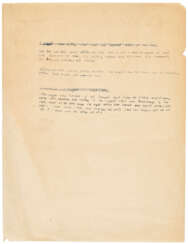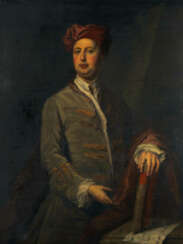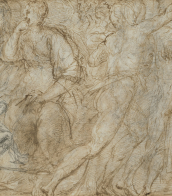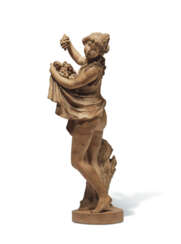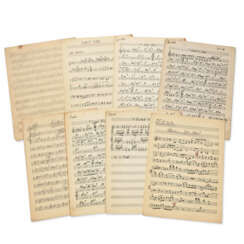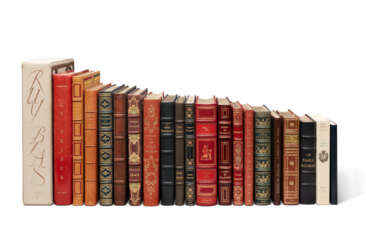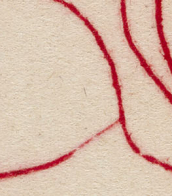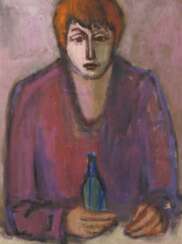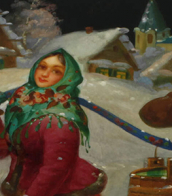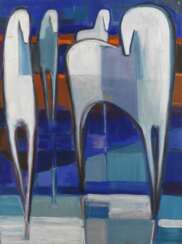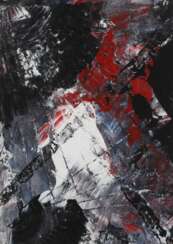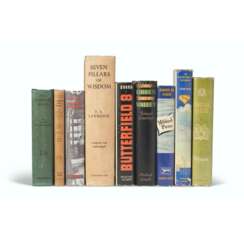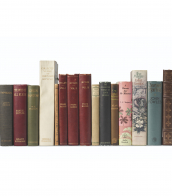william t. williams (1942)
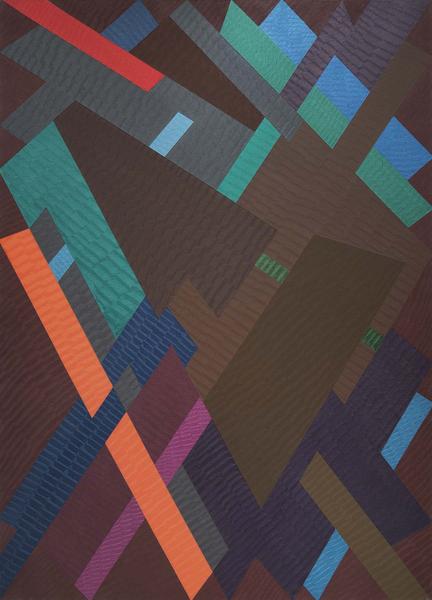
William T. Williams is an American painter and educator. He is known for his process-based approach to painting that engages motifs drawn from personal memory and cultural narrative to create non-referential, abstract compositions. He was a Professor of Art at Brooklyn College, City University of New York from 1971 to 2008.[1]
He has exhibited in over 100 museums and art centers in the United States, France, Germany, Russia, Venezuela, Nigeria, Ivory Coast, People's Republic of China and Japan. Williams is a recipient of numerous awards including a John Simon Guggenheim Fellowship, two National Endowment for the Arts Awards, and a Joan Mitchell Foundation Award. He is also a recipient of the Studio Museum in Harlem's Artist Award in 1992 and received The James Van Dee Zee Award from the Brandywine Workshop for lifetime achievement in the arts in 2005. He received the 2006 North Carolina Award for Fine Arts, the highest civilian honor the state can bestow.
Williams lives in both New York City and Connecticut.
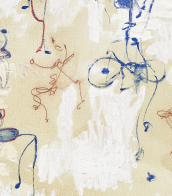

William T. Williams is an American painter and educator. He is known for his process-based approach to painting that engages motifs drawn from personal memory and cultural narrative to create non-referential, abstract compositions. He was a Professor of Art at Brooklyn College, City University of New York from 1971 to 2008.[1]
He has exhibited in over 100 museums and art centers in the United States, France, Germany, Russia, Venezuela, Nigeria, Ivory Coast, People's Republic of China and Japan. Williams is a recipient of numerous awards including a John Simon Guggenheim Fellowship, two National Endowment for the Arts Awards, and a Joan Mitchell Foundation Award. He is also a recipient of the Studio Museum in Harlem's Artist Award in 1992 and received The James Van Dee Zee Award from the Brandywine Workshop for lifetime achievement in the arts in 2005. He received the 2006 North Carolina Award for Fine Arts, the highest civilian honor the state can bestow.
Williams lives in both New York City and Connecticut.
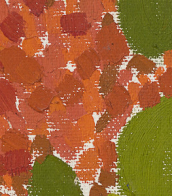

William T. Williams is an American painter and educator. He is known for his process-based approach to painting that engages motifs drawn from personal memory and cultural narrative to create non-referential, abstract compositions. He was a Professor of Art at Brooklyn College, City University of New York from 1971 to 2008.[1]
He has exhibited in over 100 museums and art centers in the United States, France, Germany, Russia, Venezuela, Nigeria, Ivory Coast, People's Republic of China and Japan. Williams is a recipient of numerous awards including a John Simon Guggenheim Fellowship, two National Endowment for the Arts Awards, and a Joan Mitchell Foundation Award. He is also a recipient of the Studio Museum in Harlem's Artist Award in 1992 and received The James Van Dee Zee Award from the Brandywine Workshop for lifetime achievement in the arts in 2005. He received the 2006 North Carolina Award for Fine Arts, the highest civilian honor the state can bestow.
Williams lives in both New York City and Connecticut.


William T. Williams is an American painter and educator. He is known for his process-based approach to painting that engages motifs drawn from personal memory and cultural narrative to create non-referential, abstract compositions. He was a Professor of Art at Brooklyn College, City University of New York from 1971 to 2008.[1]
He has exhibited in over 100 museums and art centers in the United States, France, Germany, Russia, Venezuela, Nigeria, Ivory Coast, People's Republic of China and Japan. Williams is a recipient of numerous awards including a John Simon Guggenheim Fellowship, two National Endowment for the Arts Awards, and a Joan Mitchell Foundation Award. He is also a recipient of the Studio Museum in Harlem's Artist Award in 1992 and received The James Van Dee Zee Award from the Brandywine Workshop for lifetime achievement in the arts in 2005. He received the 2006 North Carolina Award for Fine Arts, the highest civilian honor the state can bestow.
Williams lives in both New York City and Connecticut.
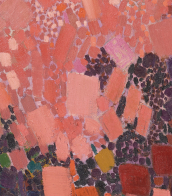
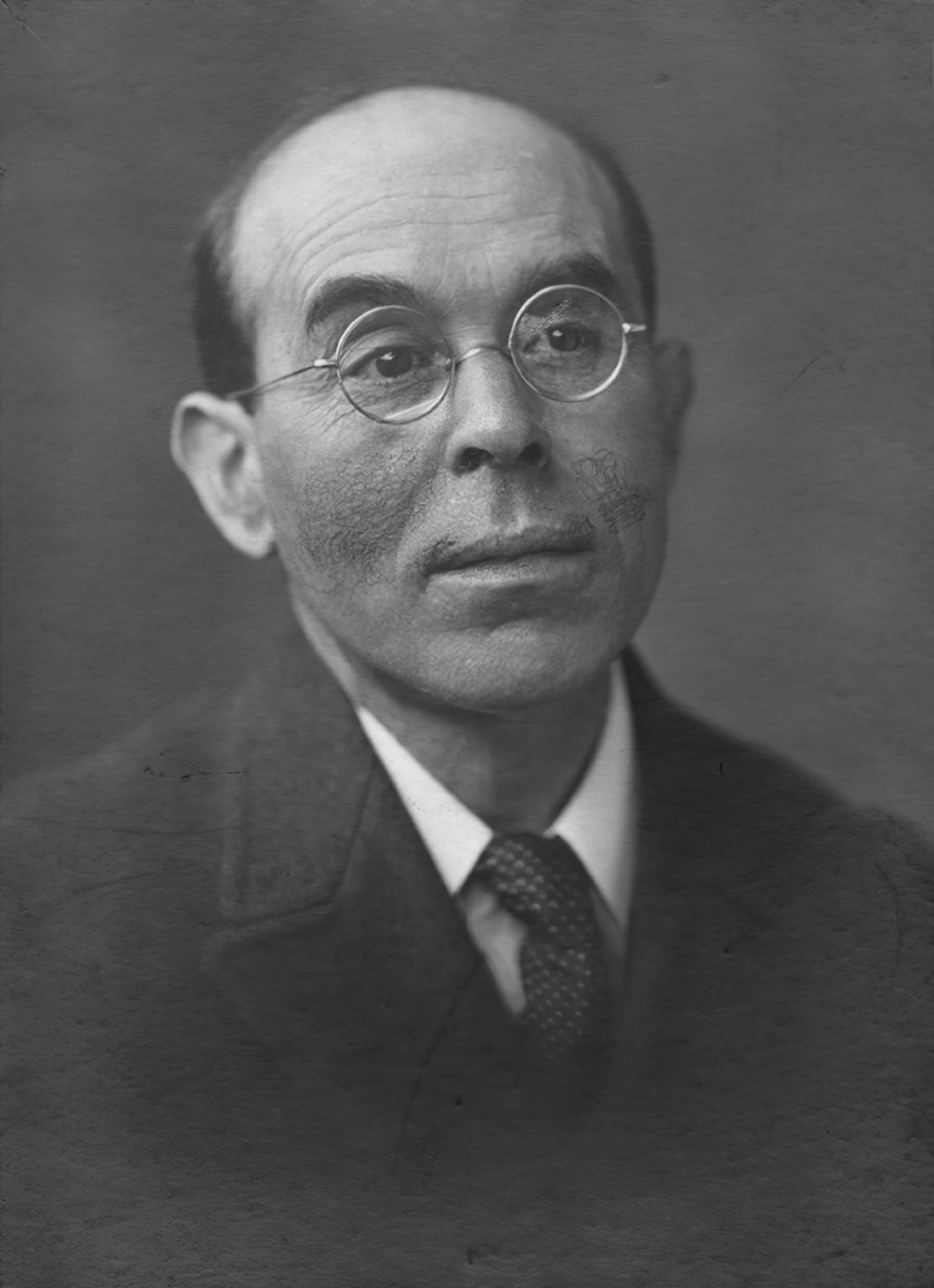
William Rothenstein was an English painter, printmaker, draughtsman, lecturer, and writer on art. Emerging during the early 1890s, Rothenstein continued to make art right up until his death. Though he covered many subjects – ranging from landscapes in France to representations of Jewish synagogues in London – he is perhaps best known for his work as a war artist in both world wars, his portraits, and his popular memoirs, written in the 1930s. More than two hundred of Rothenstein's portraits of famous people can be found in the National Portrait Gallery collection. The Tate Gallery also holds a large collection of his paintings, prints and drawings. Rothenstein served as Principal at the Royal College of Art from 1920 to 1935. He was knighted in 1931 for his services to art.
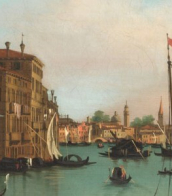

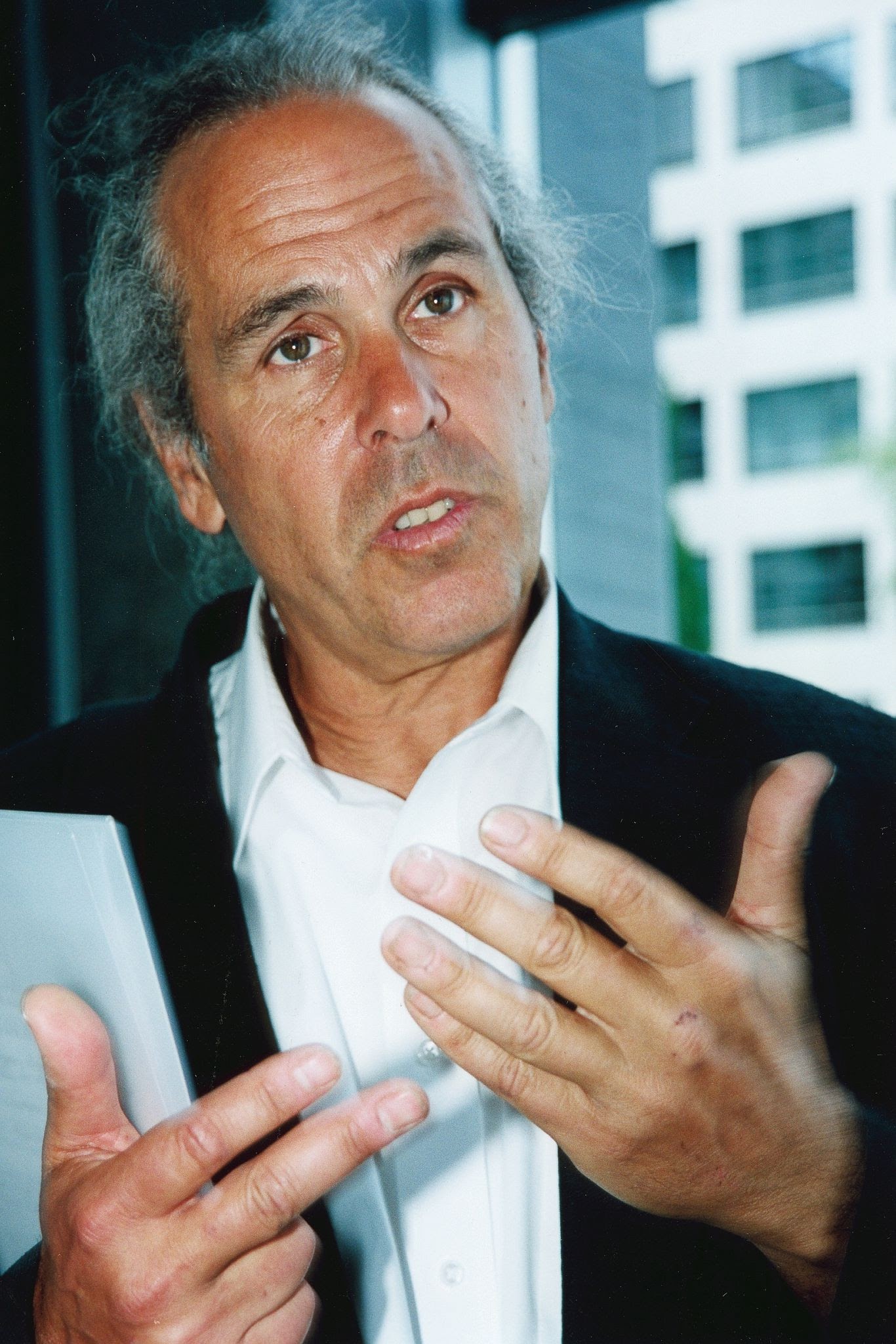
Jonathan Borofsky is an American artist known for his public sculptures and installations that explore themes of human consciousness, individuality, and interconnectedness.
Borofsky studied at Carnegie Mellon University and Yale University. In the 1970s, he gained recognition for his conceptual and performance works, which often incorporated elements of language, text, and repetition.
In the 1980s, Borofsky began creating large-scale public sculptures, many of which feature human figures or silhouettes. One of his most famous works is "Molecule Man," a 100-foot-tall sculpture of three interconnected figures located in Berlin, Germany.
Borofsky's work has been exhibited in major museums and galleries around the world, including the Museum of Modern Art in New York, the Centre Georges Pompidou in Paris, and the National Museum of Contemporary Art in Seoul. He has also created public artworks in cities such as New York, Tokyo, and Tel Aviv.
In addition to his art, Borofsky is known for his interest in meditation and spirituality, which he often incorporates into his work. He has published several books on these topics.
Borofsky continues to live and work in Ogunquit, Maine, where he maintains a studio and creates new works of art.
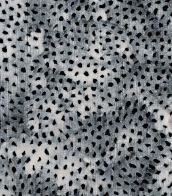

Ferdinand Kriwet is a contemporary German artist and graphic designer.
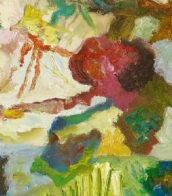
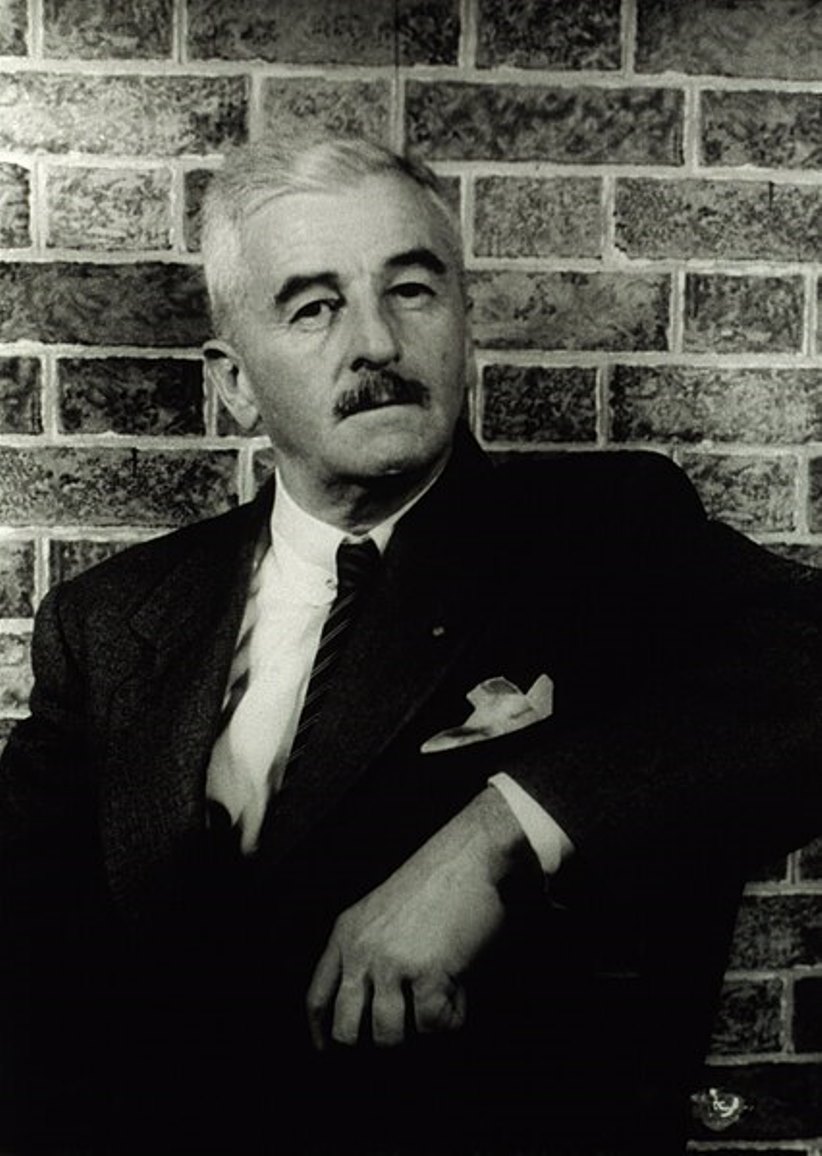
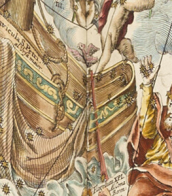
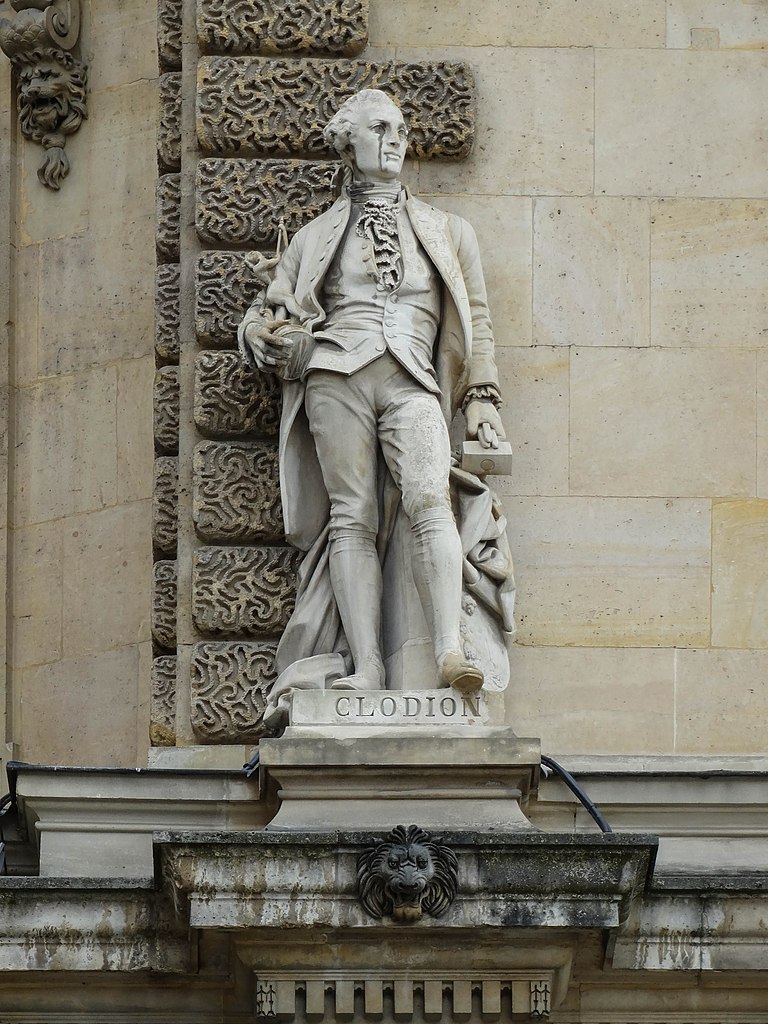
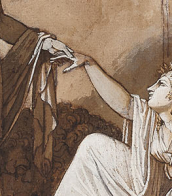
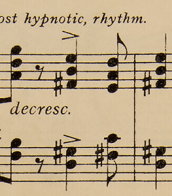
.jpg)
Max Ernst was a pivotal figure in the 20th-century art world, whose work transcended the boundaries of nationality and genre to leave an indelible mark on culture, art, sculpture, and painting. Born in Germany on April 2, 1891, and later becoming a naturalized American and French citizen, Ernst's career was a testament to his relentless innovation and creativity. Known primarily as an artist and painter, Ernst was a founding member of the Dada movement in Cologne before becoming a major proponent of Surrealism in Paris. His early encounters with the works of Pablo Picasso, Vincent van Gogh, and Paul Gauguin at the Sonderbund exhibition in 1912 deeply influenced his artistic direction, infusing it with elements of Cubism and Expressionism. Despite his lack of formal artistic training, Ernst's experimentation with techniques such as collage and frottage showcased his unique ability to blend the absurd with the sublime, making him a central figure in the artistic avant-garde of his time.
Ernst's work is notable for its exploration of the unconscious, using dreamlike imagery and symbolic figures to critique societal norms and delve into the chaos of the human psyche. His experiences in World War I profoundly impacted his worldview, leading to a deep skepticism of Western culture and an enduring search for meaning through art. This is evident in works such as "Europe After the Rain II," which reflects the devastation of war and "The Fireside Angel," inspired by the political turmoil of the Spanish Civil War, showcasing his ability to address contemporary issues through a surreal lens.
Ernst's contributions to art are preserved in major museums and galleries worldwide, including the Tate in the United Kingdom and the Museum of Modern Art in New York. His sculptures, paintings, and collages continue to be celebrated for their innovative techniques and imaginative scope, marking him as a revolutionary figure in modern art. Among his most significant works are "Ubu Imperator," "The Elephant Celebes," and "The Virgin Spanking the Christ Child before Three Witnesses," each reflecting his mastery over a diversity of mediums and themes.
For collectors and experts in art and antiques, Max Ernst remains a symbol of artistic freedom and exploration. His ability to navigate through various artistic movements while maintaining a distinct, innovative voice is a testament to his enduring legacy in the art world. To stay updated on new product sales and auction events related to Max Ernst, signing up for updates is a valuable opportunity for those deeply invested in the nuances of modern and surreal art.
